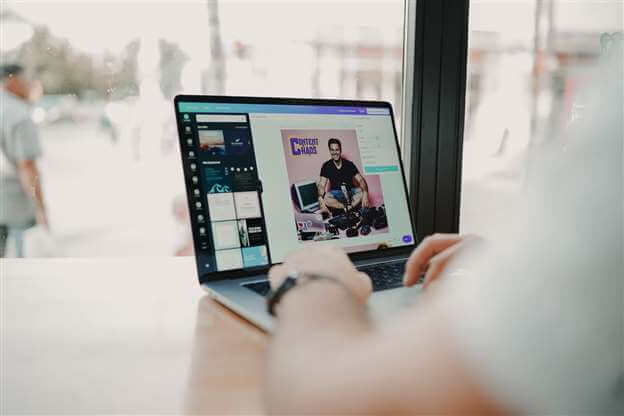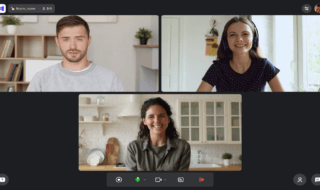If you’re hosting an event or if you’re trying to coordinate an in-person workforce, you’re going to need to manage content on multiple digital screens simultaneously. How can you do this effectively without wasting time or resources?
Contents
The Role of Digital Signage Software
Digital signage software is a practical necessity if you plan on managing content on multiple different screens. Content management applications offer a range of different features, all of which allow you to customize and alter your digital messaging across many screens and platforms.
In one centralized location, you can choose the visuals that are featured throughout the screens in your physical workplaces around the world, monitors at a separate event, and even your own website.
There are also built-in tools to make it easier to access and display your real-time data, conjure up effective data visuals, and dynamically change your displays as needed. From event schedules to motivational messages to emergency notifications, this software is ideal for almost any content you want to display.
Tips for Effective Content Management on Multiple Screens
Assuming you have digital signage software to work with, what tips can you follow to become more effective when managing content across multiple screens?

- Start with an overarching plan. As with any kind of content strategy, it’s important to start with an overarching plan. How many different screens are you working with and how are those screens different? Which audiences will be viewing which screens, and how should those screens be generally updated? What type of content do you want to display, who’s responsible for creating it, and what is the workflow for creating, sending, and eventually displaying that content? What is the hierarchy of content creators and decision makers in your organization? Who makes the final decisions on what content gets published and where? It’s important to disambiguate these questions and have solid documentation that all your content creators can conveniently follow when it’s time to display something new.
- Create backups and defaults. When you don’t have new messages or visuals to display on your screens, what should they display? Slideshow images, news and weather, and other default content are important to have in place, just in case you don’t have anything new or imminently relevant to display.
- Take advantage of localization. Most digital signage software platforms have localization features that allow you to display different things on different screens. Keep your individual audiences in mind when choosing what to display; for example, you might display different types of messages depending on which physical office you’re controlling. You can display totally different things for your website, lobby screens, and office screens, so take full advantage of this opportunity.
- Use visual playlists. Most of the time, visual content creators use visual playlists to automate and simplify many of their displays. Instead of coming up with new content constantly or issuing new visuals as needed, they create a slideshow or similar presentation sequence so that it can play automatically. Doing so saves significant time and effort.
- Schedule in advance. In line with this, it’s important to schedule in advance – and as far in advance as you can. This way, if you’re pulled into a meeting, or if you’re forced to go offline for a period of time, your screens can keep rotating and presenting new visuals to your audience.
- Test and verify accuracy. While most screens and software platforms work perfectly well out of the box, it’s important to spend some time testing and verifying accuracy. Conduct thorough tests to make sure your digital signs are displaying as intended; do you need to adjust any settings like contrast or brightness so that your images and videos are reliably represented? It’s also important to do a trial run of your digital signage software to make sure it can update all your connected screens in real-time.
- Be ready to override when necessary. Be ready to override your existing visual content strategy if and when necessary. For example, you may need to jump in to display evacuation instructions in the event of an emergency.
- Collect feedback. It’s important to collect feedback when optimizing and further refining your digital screen management strategy. Do your employees, customers, or attendees immediately notice your digital signs? Are your visuals and messages clear and presented in a compelling way? Do these people have any ideas for how you can improve your digital screen content management strategy? Take this feedback seriously and act on it when you can.
With practice, and with these strategies in play, you can make the most of your digital signage software and elevate the content you display across all your digital screens. From fulfilling HR requirements to effectively persuading your audiences, it should become easier to achieve any goal that includes visual content.



